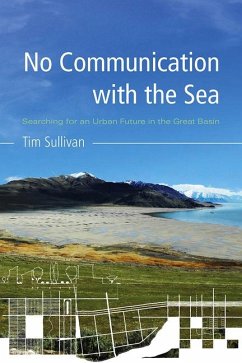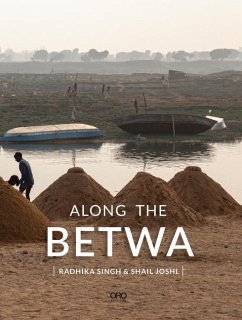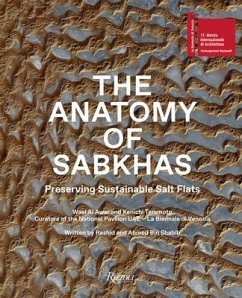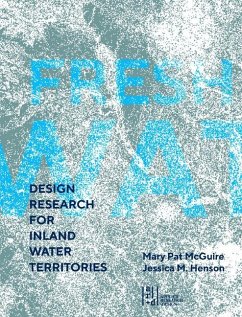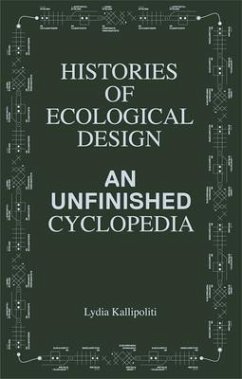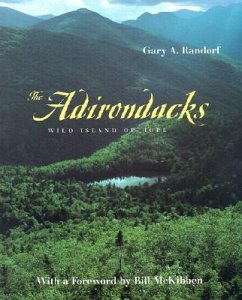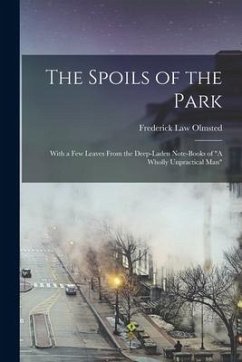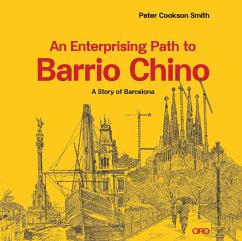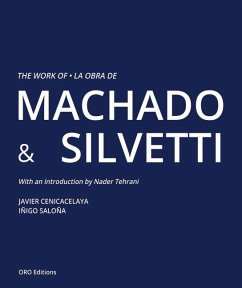
The Spoils of Dust
Reinventing the Lake That Made Los Angeles
Versandkostenfrei!
Versandfertig in über 4 Wochen
22,99 €
inkl. MwSt.

PAYBACK Punkte
11 °P sammeln!
With neither the guile nor the hubris to do something as ingenious as it sounds, the city of Los Angeles is attempting to redeem a desert lake without refilling it. Part environmental history, landscape atlas, and speculative design research, The Spoils of Dust examines the unlikely reinvention of Owens Lake by the city that dried it. Once the third-largest lake in California and among the world's greatest sources of dust, for decades the dried Owens Lake was merely a footnote to the most notorious water grab in modern history. Now, the desert lake has been reassembled-not refilled-to redeem i...
With neither the guile nor the hubris to do something as ingenious as it sounds, the city of Los Angeles is attempting to redeem a desert lake without refilling it. Part environmental history, landscape atlas, and speculative design research, The Spoils of Dust examines the unlikely reinvention of Owens Lake by the city that dried it. Once the third-largest lake in California and among the world's greatest sources of dust, for decades the dried Owens Lake was merely a footnote to the most notorious water grab in modern history. Now, the desert lake has been reassembled-not refilled-to redeem its lost value without returning Los Angeles's main water supply. In The Spoils of Dust this "bargain" redemption and its conjuring of a beguiling "lakelike" landscape is the backdrop for investigating contemporary relationships between landscape architecture, engineering, and perception. Assembled atop a barren waste, the Promethean lake reveals the frameworks we use to reinvent nature in the Anthropocene. Whether by technical dust "drawing" or casual roadside views, the new water-wise lake is an awkward and fascinating monument to the prismatic ways we know and value landscapes today. Unexpectedly, this has made its imaginative design the linchpin for critical water resource decisions, thrusting landscape architecture into a consequential position. The book concludes with a landscape atlas and robotic interface for a playful and integrated approach to landscape infrastructure design.



